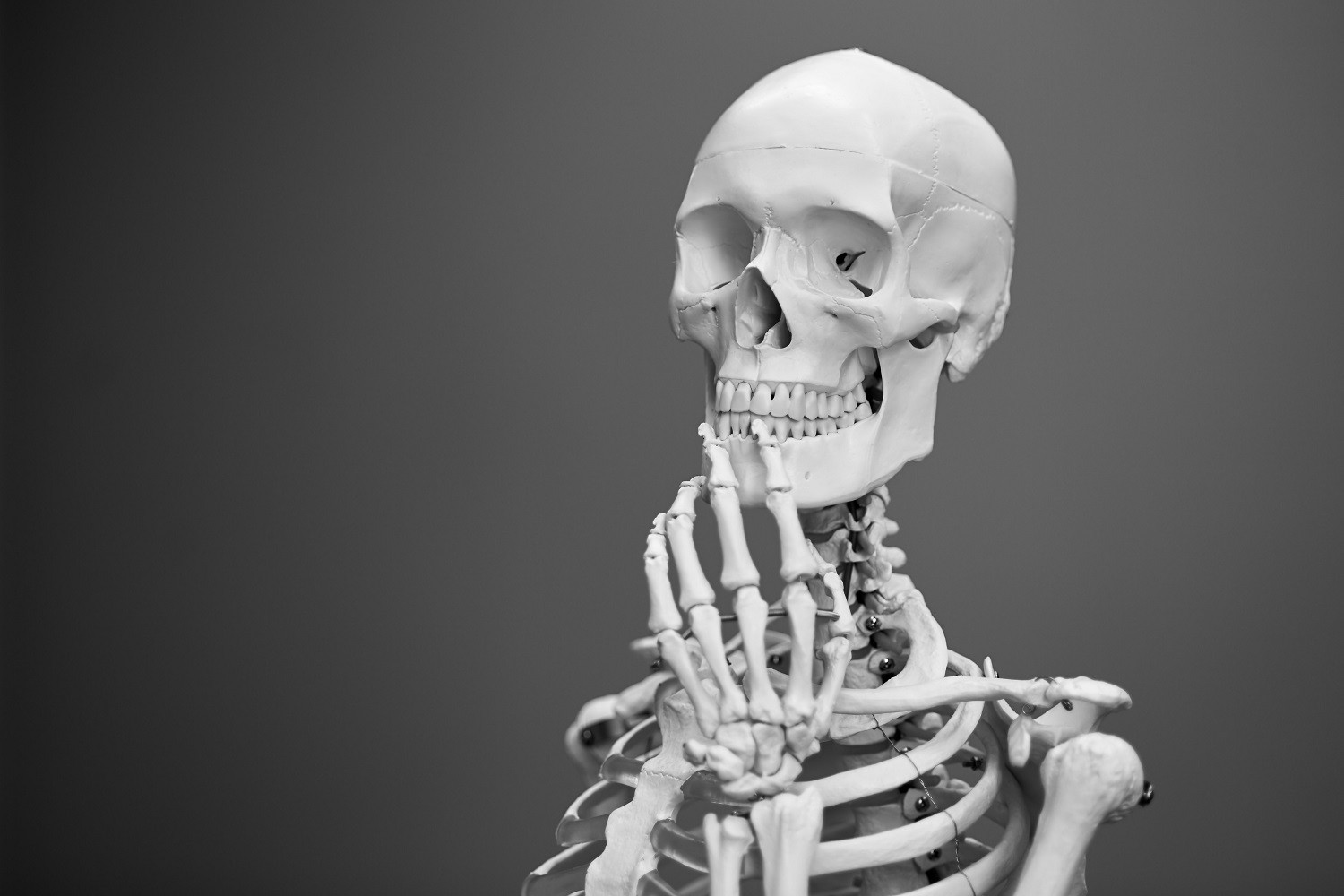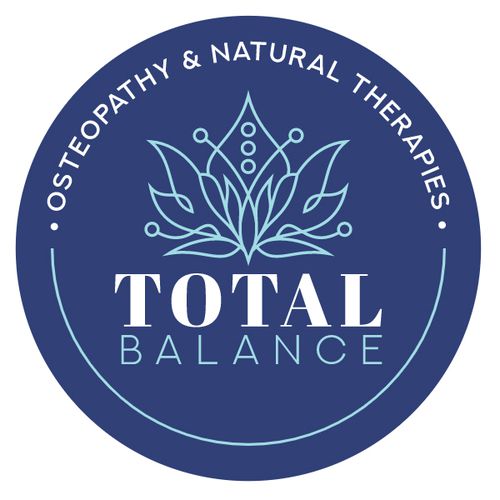
Osteoporosis is a bone condition that is prevalent in older people, specifically those aged 50 and above. The Australian Burden of Disease Study shows 4.74 million Australians in this age group have osteoporosis, and this number is expected to increase to 6.2 million by 2022.
Osteoporosis doesn't have any symptoms, so even if you have weak, brittle bones, you wouldn't know until you suffer a fractured bone in the hip or spine. Then, and only then, will you feel and recognise its presence because of the debilitating pain.
What is Osteoporosis?
Osteoporosis means porous bones. It is characterised by excessive breakdown of bone mass in comparison to the creation of new bone. This process decreases bone density and leads to thin and weak bones that are more likely to break than strong, thick bones. After the first fractured bone, a person with osteoporosis can suffer five more bone breaks within a year.
If left untreated, osteoporosis can worsen one's susceptibility to fractures. A mere sneeze or cough can make bone shatter into pieces. Osteoporosis can also decrease a person's height over time as the weak bones in their spine force them to hunch their back. The worst thing that could happen is succumbing to permanent disability and requiring assistance, even with basic activities of daily living like eating, bathing and dressing up.
Risk Factors for Osteoporosis
Several factors may contribute to osteoporosis, but people who can identify with the list below are at higher risk:
- Previously had a bone fracture
- Smoker
- Consumes alcohol excessively
- Women who are past menopause
- Has low bone density
- Has low body weight and small body frame
- Vitamin D deficient
- Low calcium diet
- Maintains a sedentary lifestyle
In addition to these risk factors, medical conditions like thyroid problems, cancer, kidney and liver diseases, celiac disease and rheumatoid arthritis can also lead to osteoporosis.
Natural Treatments for Osteoporosis
Osteoporosis isn't reversible, but there are several ways to prevent it from getting worse. The treatment for this condition focuses on improving bone density to prevent the occurrence of fractures. To achieve this, steer clear of vices such as drinking alcohol and smoking cigarettes. Also, it would help to sit less and engage more in physical activities, especially weight-bearing exercises like walking and hiking. Doing so will strengthen the bones in your arms, spine and legs.
As to what you can eat to strengthen your bones, fill your plate with foods that are rich in protein, calcium and vitamin D such as the following:
- Fatty fish like salmon, sardines, tuna and mackerel
- Green, leafy vegetables like spinach, kale and collard
- Cereals
- Bread
- Low-fat dairy products like yoghurt, cheese and low-fat milk
More than being an age-related disease, osteoporosis stems from the way a person lives. Changing your lifestyle is key to reducing your chances of breaking a bone. To learn more about osteoporosis and how to treat it, check out the comprehensive listing of health practitioners who specialise in this area on the Natural Therapy Pages.
|
Do you have a natural health & wellness business? |









